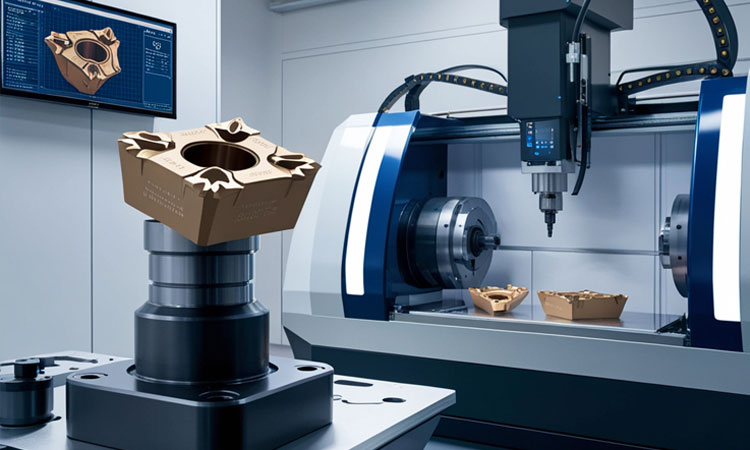The evolution of tool manufacturing is experiencing a monumental shift with the integration of additive and subtractive manufacturing methods. This hybrid approach combines the precision of traditional machining with the versatility and speed of 3D printing, creating a more efficient, cost-effective, and flexible process for producing tools, dies, and moulds. As industries demand faster turnaround times, reduced costs, and improved customizations, the fusion of these technologies is set to become the future of tool manufacturing.
The Hybrid Manufacturing Revolution
Traditionally, manufacturing processes have relied on either subtractive or additive methods. Subtractive manufacturing, using CNC machines, is well-established for producing highly accurate, durable components, especially for tooling applications. Additive manufacturing, or 3D printing, is newer but has gained significant traction for its ability to rapidly prototype and produce complex geometries without the need for expensive tooling or molds.
The hybrid approach combines the best of both worlds: the efficiency and accuracy of traditional machining with the flexibility, speed, and design freedom of 3D printing. This combination allows manufacturers to rapidly create tools, improve existing ones, and explore new designs with minimal waste and time.
Accelerating Tooling and Prototyping
One of the most significant benefits of combining additive and subtractive processes is the acceleration of the tooling and prototyping phases. For instance, with the integration of 3D printing, manufacturers can create prototypes of complex tooling geometries in hours, compared to the days or weeks it typically takes with traditional machining. This rapid prototyping allows for faster testing and design iterations, reducing time-to-market for new products.
In practice, additive manufacturing is often used to create core components or inserts for tooling, which are then refined and finished with traditional CNC machining. This hybrid approach enables faster and more cost-effective production of tools, particularly for low-volume or highly customized applications.
Cost Savings and Enhanced Flexibility
The ability to rapidly create tool prototypes and repair or modify existing tooling has significant cost-saving implications. In traditional subtractive manufacturing, tooling costs can be prohibitively high, especially for complex parts that require intricate machining or large, heavy components. 3D printing allows for the production of these complex features without the need for specialized tools or molds, reducing both production time and material waste.
Moreover, 3D printing offers manufacturers the flexibility to repair damaged tools or produce spare parts on-demand, minimizing downtime. Instead of waiting for replacement parts or costly retooling, manufacturers can print the required components in-house and quickly integrate them back into the production process.
Real-World Applications
The hybrid approach is already being utilized in industries such as aerospace, automotive, and consumer goods. In aerospace, for example, complex tool components with intricate cooling channels are often produced using 3D printing, then refined with traditional machining to achieve the desired surface finish and accuracy. This method significantly reduces lead times and improves the efficiency of manufacturing.
In automotive manufacturing, hybrid tooling is used to create and repair specialized tools for producing high-performance parts, such as molds for injection molding. By combining 3D printed inserts with traditional machining, manufacturers can achieve high-quality parts at a fraction of the cost and time associated with conventional tooling processes.
The Road Ahead
As 3D printing technology continues to improve in terms of speed, material capabilities, and accuracy, the role of hybrid manufacturing in tool production will only grow. The integration of these technologies will continue to break down traditional barriers in tool design and manufacturing, offering more customizable, efficient, and sustainable solutions.
Manufacturers adopting this hybrid model are already witnessing faster product cycles, reduced costs, and the ability to meet increasingly complex demands. The future of tool manufacturing is hybrid, and those who embrace it will lead the charge in innovation and efficiency.
This convergence of additive and subtractive manufacturing represents the next frontier in tool production, offering manufacturers a dynamic approach to meeting the fast-paced needs of modern industries. As hybrid tooling systems evolve, they promise to redefine the possibilities of what can be achieved in tool manufacturing.


